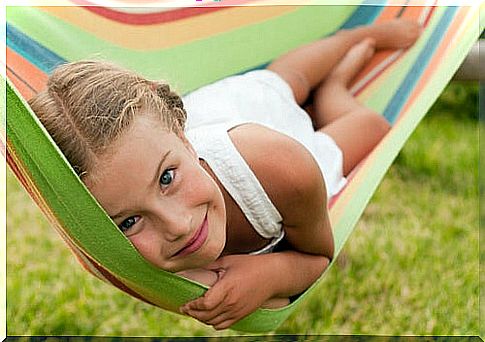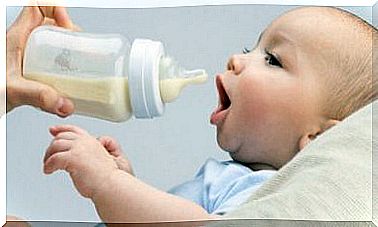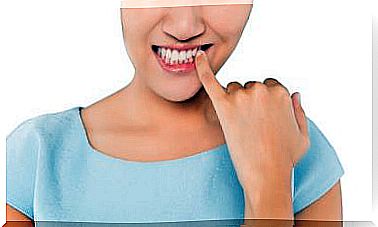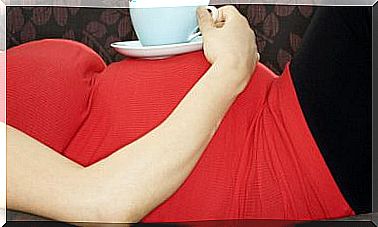4 Relaxation Techniques For Teens
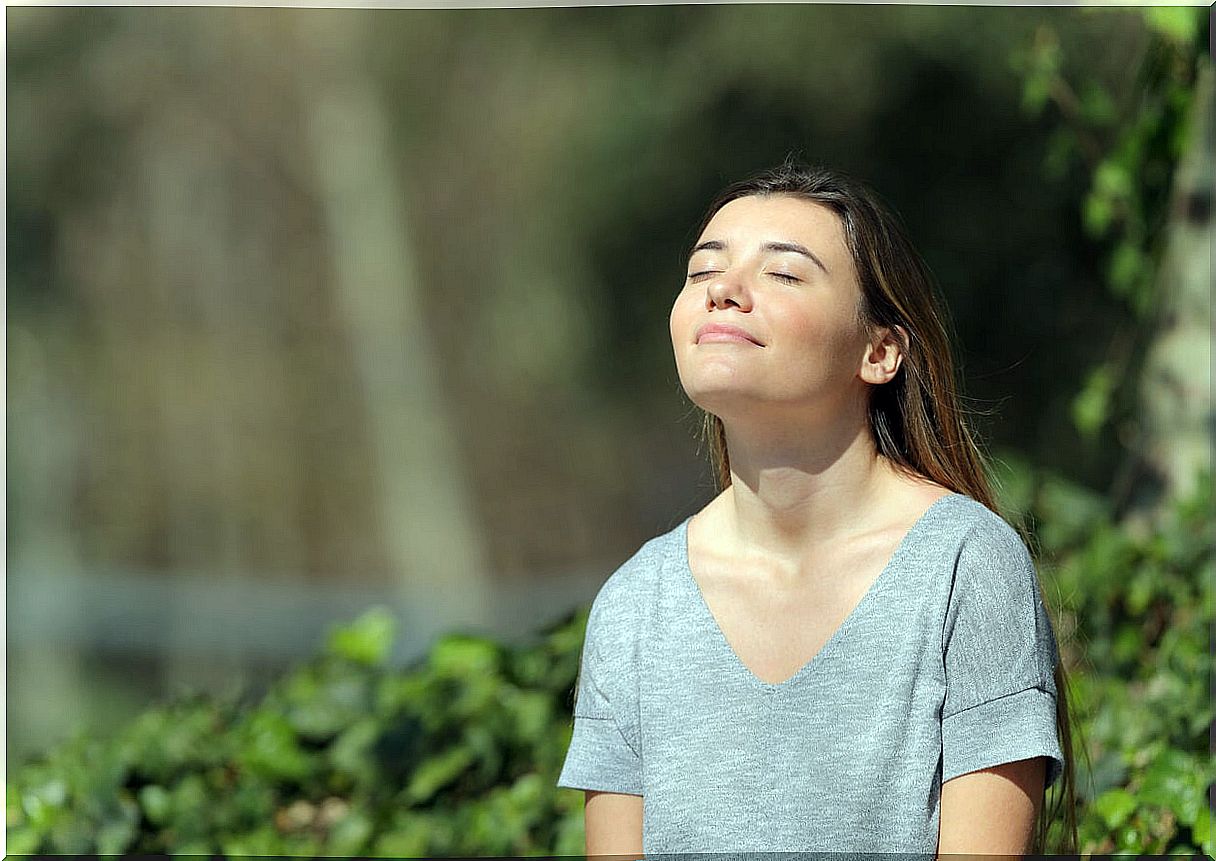
During adolescence, young people can be exposed to multiple stressful situations. From the pressure to perform academically, to the need to fit in with the peer group or the attempt to establish their own identity. Furthermore, at this age all experiences are experienced with great intensity. Thus, relaxation techniques for adolescents can help them manage these states of discomfort.
Tension and stress can affect young people on many levels. They reduce your ability to concentrate, favor the appearance of interpersonal conflicts and can even lead to physical pain and psychosomatic discomfort. Relaxation techniques are simple tools that you can practice in your day to day to prevent this from happening.
Some relaxation techniques for teens
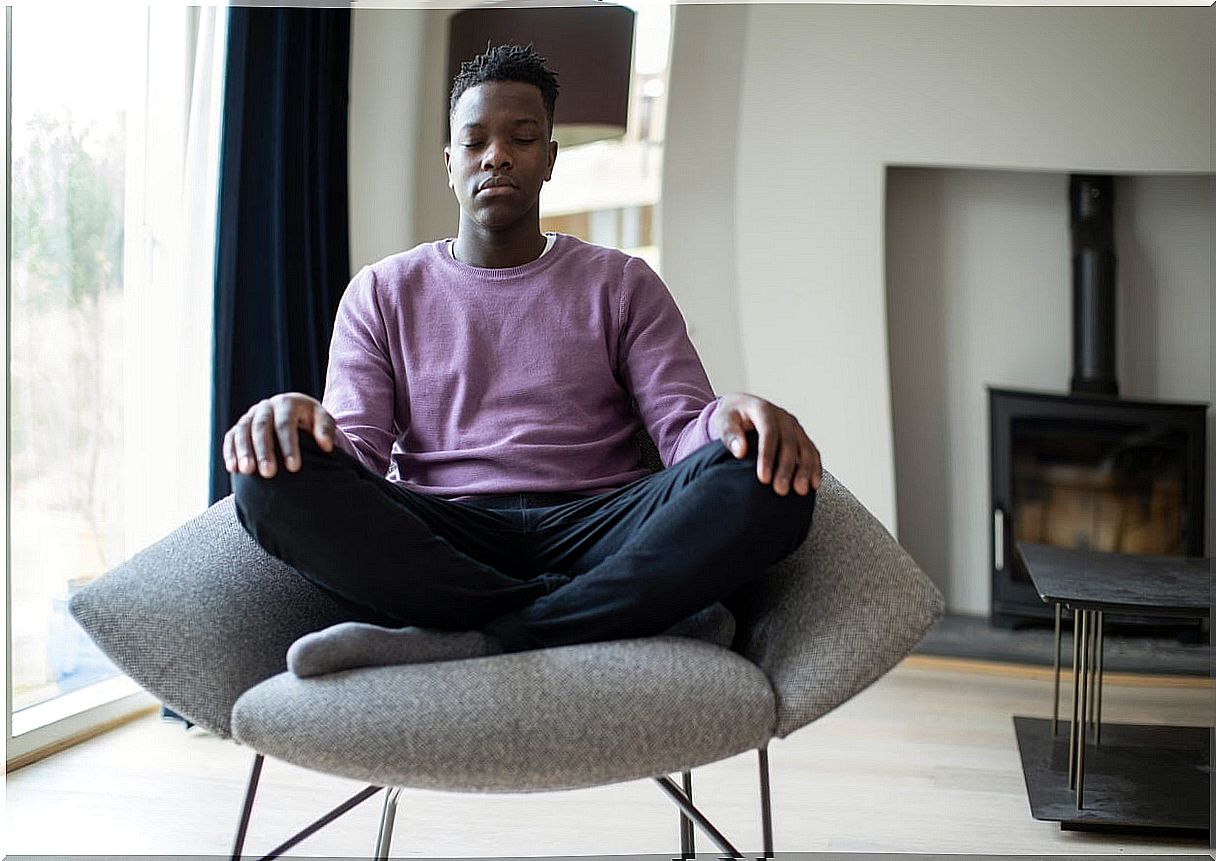
Relaxation techniques are beneficial at any age. However, adolescents, due to their greater cognitive development, already have the ability to practice some strategies that would be less suitable for children. Thus, they can opt for some of the following alternatives.
Diaphragmatic breathing
As a general rule, and especially when we are in a stressful situation, we usually take short and shallow breaths, taking advantage of only 30% of our respiratory capacity. Thus, this exercise teaches the adolescent to breathe more deeply and slowly, increasing oxygenation and promoting a state of physical and psychological calm.
To put it into practice, the young man has to place one of his hands on his chest and the other on his abdomen. When you breathe in, you have to try to get the air to the lower part of the lungs, causing the diaphragm to swell. As you exhale, the belly gradually deflates and contracts, following a slow cadence when you breathe.
This technique can be used to reduce anxiety at specific times or it can be practiced every day for best results.
Progressive muscle relaxation
Progressive muscle relaxation aims not only to relax the body, but also to help the young person differentiate between the bodily sensations of tension and relaxation. In this way, you can easily detect stress at the body level and take action to reduce it.
It is about making a journey through the body in which the different muscle groups are tensed (5 seconds) and relaxed (15 seconds). You can start with the toes and work your way up to the head, or proceed in reverse. When the technique is mastered, the adolescent can relax only the muscles in which they feel tension at any time of their day.
Display
Visualization consists of finding a quiet space and imagining a relaxing and peaceful setting. When visualizing, the young person has to involve all his senses in the mental scene created, feeling the smells, colors, touch and sounds of the place where he is.
You can recreate a natural landscape, a beach, a forest or any other alternative that transmits calm and tranquility, and stay there breathing calmly. There are also applications that provide guided views to achieve this effect more easily.
Mindfulness
The Mindfulness is simply to focus on the present moment. In this way, the mind is cleared of thoughts and worries and a state of inner calm is reached.
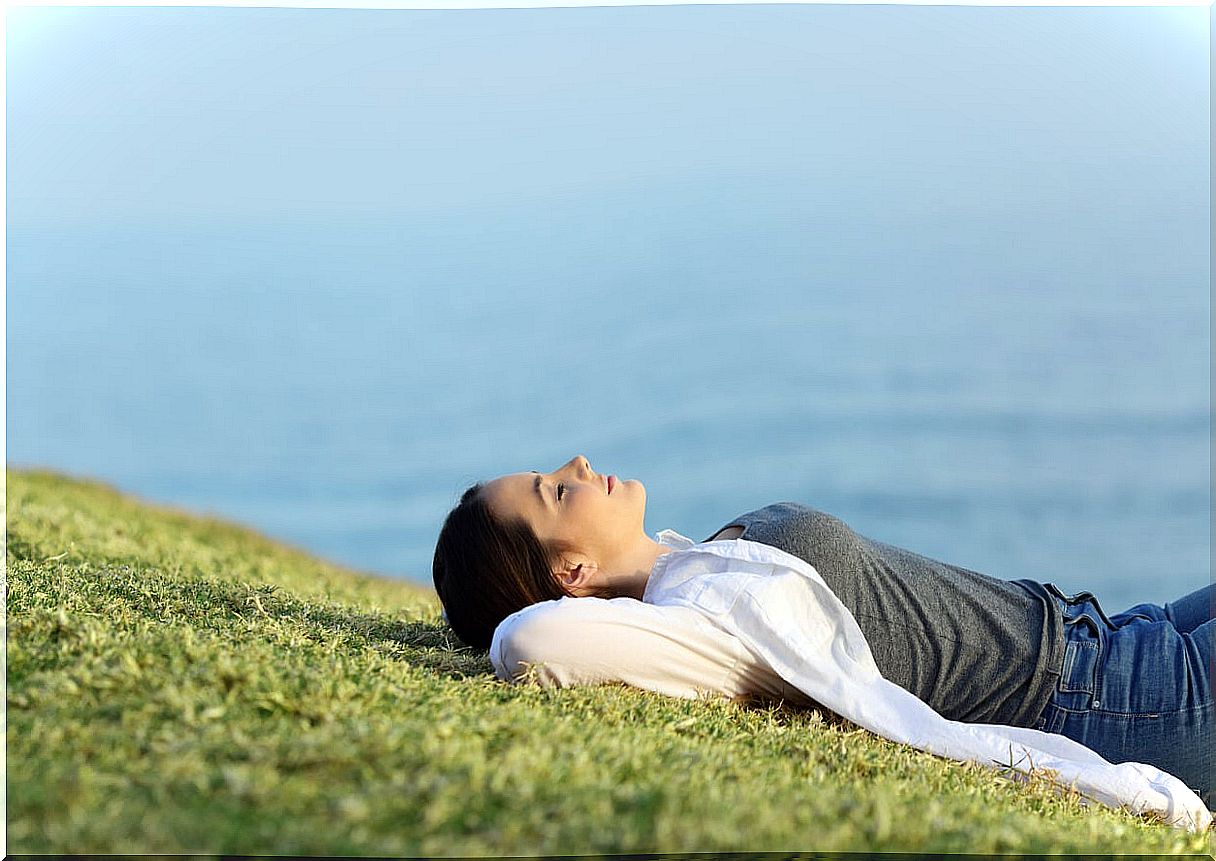
The simplest way in which the adolescent can practice mindfulness is by sitting quietly, closing his eyes and focusing his attention on the stimuli of the moment : his breathing, his heartbeat, the sounds outside … When the mind wanders and Thoughts try to break in again, simply bring your attention back to that present.
For some young people this is difficult, especially the first few times. For this reason, it may be more appealing to practice mindfulness while walking in nature or while mentally repeating a word that transmits peace to you.
What are the best relaxation techniques for teens?
There is no one of these relaxation techniques for teens that is better than another, as this depends on the personality and needs of each person. Those with a more vivid imagination may feel more comfortable with visualization; and those with more physical tension may prefer muscle relaxation. All you have to do is try to identify the one that best suits each case.
However, whatever the choice, consistency and perseverance are important. Any of the above strategies can help reduce tension and stress in the moment. However, to obtain greater long-term benefits, these must be incorporated as habits in daily life.
